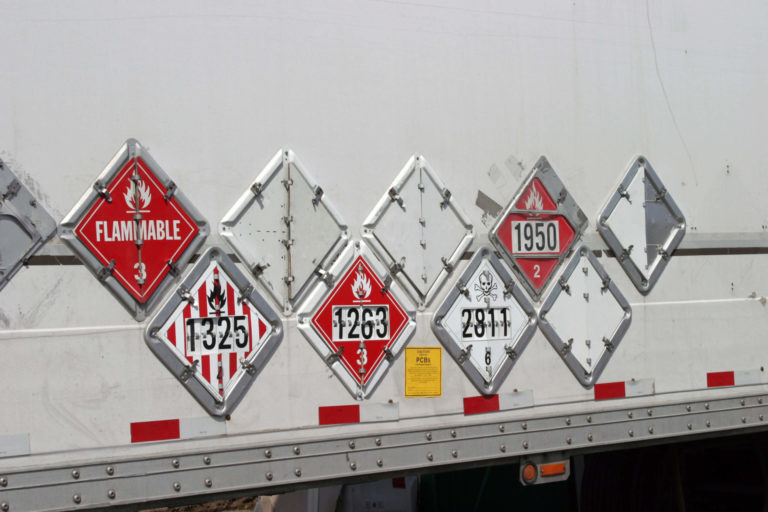As a motor carrier, you’re responsible for maintaining up-to-date files on all your drivers and implementing stringent procedures. Still, many trucking businesses find it challenging to manage the FMCSA requirements, leading to confusion, hefty fines, and penalties.
This problem is primarily due to clerical error, oversight, the driver withholding the information, or they aren’t aware of current FMCSA requirements. Unfortunately, failing to stay up-to-date on your driver qualification files (DQF) directly impacts your fleet’s safety rating.
Therefore, keeping complete DQFs can help you avoid common driver qualification violations. Here we’ll discuss the top four driver qualification violations and how to avoid them.









